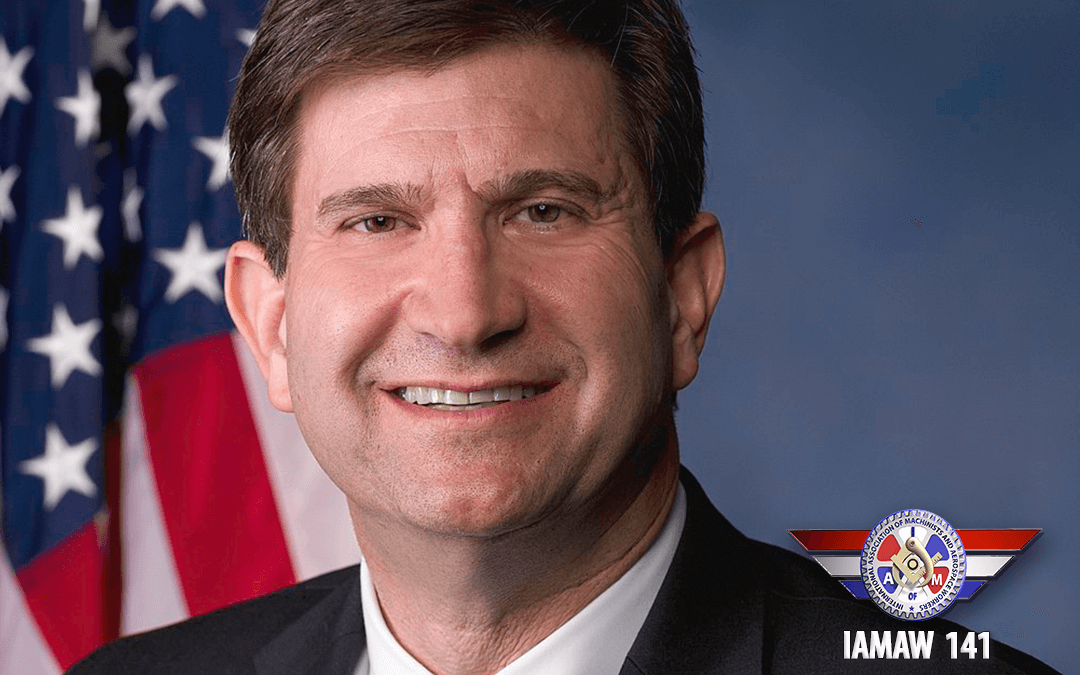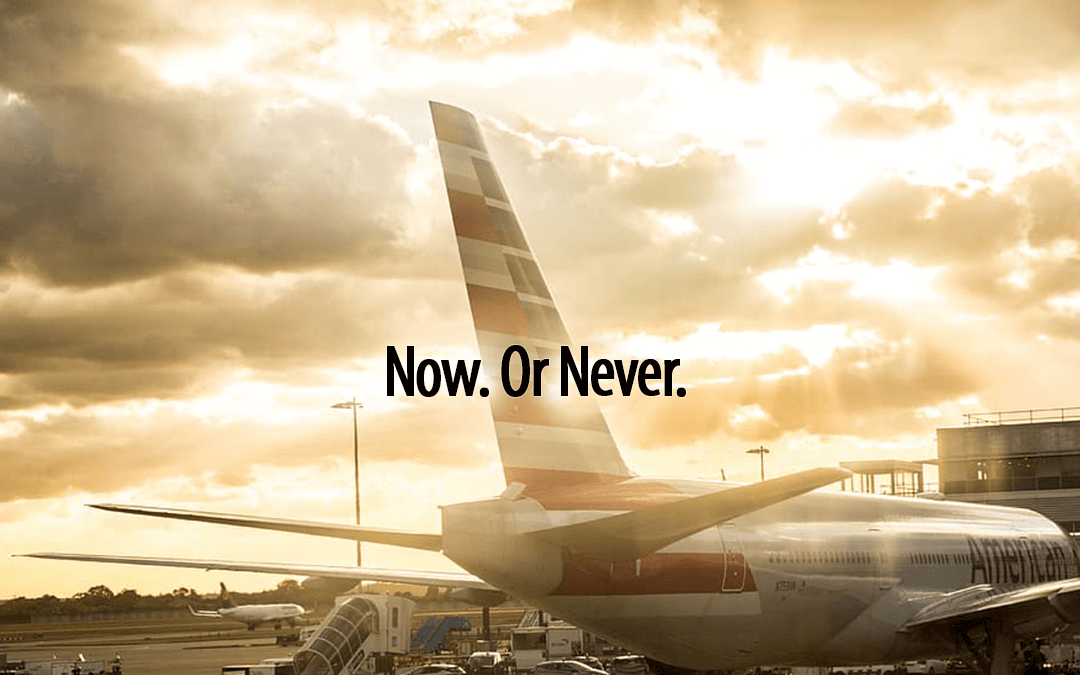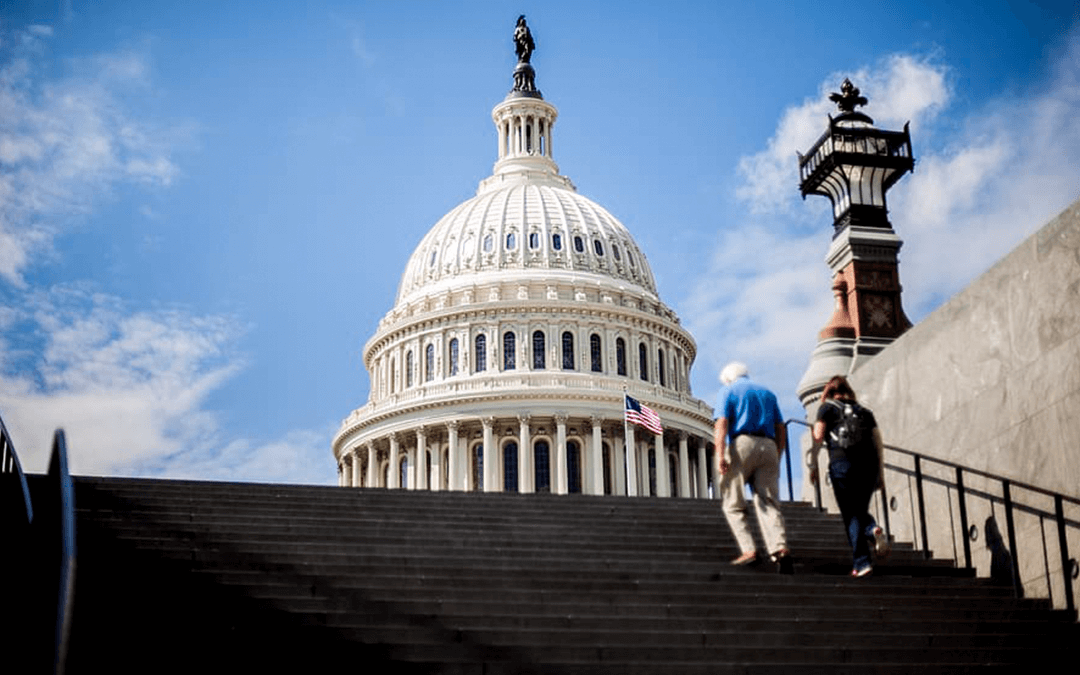
by Eric Price | Aug 27, 2020 | Airlines, Featured News, Front Page, MNPL, Organizing, Perusals, Row 2, Uncategorized
Are You A Constituent of Rep. Schneider? Lawmakers like Congressman Brad Schneider need to know that we appreciate their help. If you are represented by Congressman Schneider, please take a few minutes to tell him how his leadership helps you and your family. Send...

by Eric Price | Aug 26, 2020 | Airlines, American, COVID, Featured, Featured News, Front Page, Hawaiian, MNPL, Organizing, Philippine, Row 2, Spirit, Uncategorized, United
American Airlines announced plans to eliminate the jobs of “at least” 40,000 employees if lawmakers do not quickly renew funding for payroll support programs. The furloughs would begin within hours of the expiration of the Payroll Support Program (PSP), the section of...

by Eric Price | Aug 25, 2020 | Airlines, COVID, Featured News, Front Page, MNPL, Organizing, Row 2
The Paycheck Support Program contained in the CARES Act is set to expire on October 1, 2020. Carriers are making plans on how to deal with its loss, and the outlook doesn’t look good for airline workers. American Airlines is expected to announce thousands of...

by Eric Price | Aug 21, 2020 | Airlines, Featured News, Front Page, Organizing, Row 2, Uncategorized
A Conversation With Tony Colina, President of Local 2198 in Houston The President of the biggest little old local in Texas. Hi everybody! I started my airline career in August 1996 with Continental Airlines where I worked the Reservations foreign language desk taking...

by Eric Price | Aug 19, 2020 | Featured News, GOIAM Stories, Row 2, Uncategorized
With passenger counts dropping, mail and cargo have become critical to the survival of airlines. Concerns are rising, however, about the future of mail in the US. The U.S. Postal Service (USPS) is an institution even older than our country. The USPS is an independent...

by Eric Price | Aug 18, 2020 | Airlines, COVID, Featured, Featured News, Front Page, MNPL, Row 2
The United States Senate officially began its Summer recess on Thursday, without reaching an agreement for another round of coronavirus relief. Senate Majority Leader Mitch McConnell (R-KY) announced the decision, as Republican and Democratic leaders remain deadlocked...







